EBook Statistics Update
Since we’re about halfway into 2012, I thought it would be interesting to look at some of the eBook statistics (and ereader stats) coming out. Christopher Maselli, on his blog in May, gave a pretty exciting list of statistics that should confirm that eBooks are not only here to stay but are gaining strength. To look at his sources, which he lists quite specifically (which is great), take a look at the original post he did did on Ebooks, Amazon Kindle, and Apple iPad. But I’ve listed here the stats I find particularly interesting (and exciting):
- Ebook sales grew 177% last year.
- 53% of those who buy eBook readers state that they now read more books than they did before. (This is a good thing, right?)
- 51% of eReader owners increased their purchases of eBooks in the past year.
- 176% Increase in US electronic-book sales in 2009.
- 86% of eReader owners read on their device more than once a week.
- 51% of eReader owners read on their device on a daily basis. (Wow!)
- eReaders are now owned by 1 in 10 Americans. 12% of Americans plan to buy one within 6 months. (Another wow to me!)
- The average Amazon customer buys 3.3x as many books after buying a Kindle than before they had one.
- One out of five people who buy digital books from the Kindle store don’t own a Kindle device. (i.e., 20% of sales are on iPads, etc.)
- iPad controls 16% of the eReader market and rising.
- iPad sales are expected to be 15.6 million this year and 46 million next year.
Interesting demographics here:
- iPad users: 65% male, 63% under 35, 39% make more than $80k.
- Kindle users: 52% male, 47% under 35, 44% make more than $80k.
- iPads and Kindles will be available through Best Buy, Staples, Target, Walmart (iPad only) and other retailers by year’s end.
- 44% prefer Kindle on the iPad over the iBookstore.
One author who sells eBooks stated she sold 6,315 titles through Amazon, while iBookstore only sold 16 copies. I know a goodly number of very successful eBook authors (meaning they regularly take in a net of five figures a month on their eBook sales). Every one of them has told me most, if not all, their sales come through Amazon, and specifically due to the KDP (Kindle Direct Publishing) Select. This is a program I’ve been dabbling with the last few months. The strategy, according to some of these authors, is to offer your eBook for free for 2-3 days (you’re allowed a total of five free days over a 90-day period) in order to blast your book to the top of Amazon’s categories, like top #100 free Kindle books, or top in a genre. Last month, for example, my mystery/suspense novel Innocent Little Crimes was offered free for three days. I had about 10,000 free downloads and got in the top 50 free Kindle books for a day and the top five in mystery/suspense. These authors then say the days following are when they sell and make their riches. The exposure of getting in the top lists, along with the benefit of your book showing up on other book pages with that nifty recommendation line that says “Readers who bought this book also bought these . . .” provide some pretty strong exposure, which over months and years leads to sales.
EBooks Have Long Shelf Life
As anyone in marketing and advertising will tell you, repeated name recognition and casting a wide net of coverage is the best way to sell something. I’ve heard it takes having someone hear your name or the name of your product 5-10 times in order for a potential customer to consider buying what you have to sell. I’m sure there are different schools of thought on this, but it makes sense. One author told me that she blasts her books month after month and often gets readers telling her “I’ve seen your books for months, and I finally bought one.” What’s great about having your novels as eBooks is the infinite shelf life, which I’ve mentioned before. You can build your readers over time without some publisher dangling the threat over your head–that if you don’t sell big within the first 4-6 weeks, they will pull your title, stop promoting it, and stick it in the backlist or even ditch it altogether. This takes the pressure off authors in a big way. If it takes you two years to get to that five-figure-a-month income, then no problem. Just keep writing great books and keep promoting. This is what I’m doing, and I am interested in seeing how this works for the four indie eBooks I have up, as opposed to the sales I get with my (currently) five traditionally published novels (that I am also promoting as best I can). Of course, getting 70% profit off my eBooks is a lot more attractive than the meager 7-13% I get from my sales through my publishers, and that, I believe, is the main reason many authors are jumping ship and going indie.
I’ll be sharing more stats, articles, and observations throughout the year, so feel free to share links of interesting articles you’ve read on the topic and share your own indie publishing stats, if you want to.

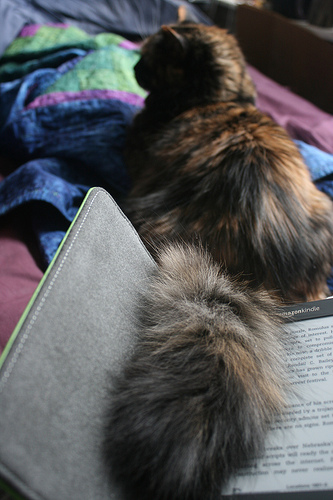
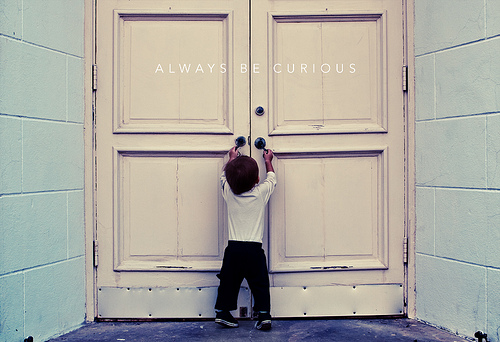
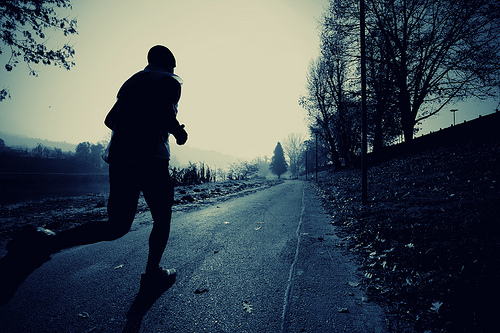

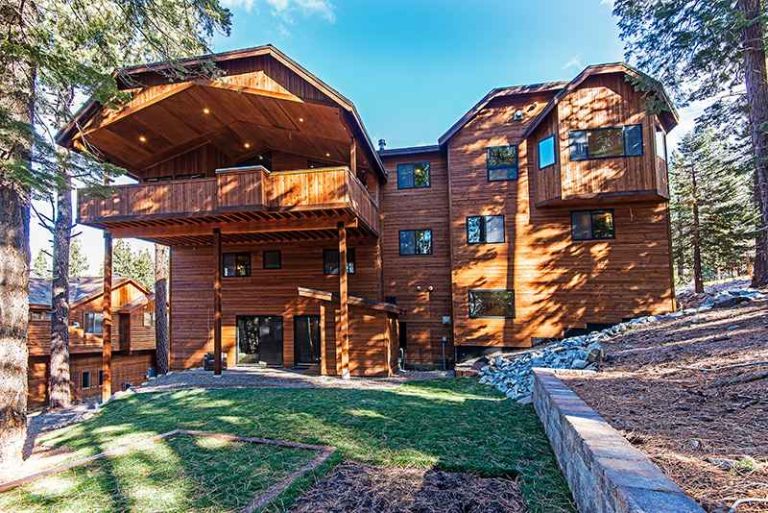
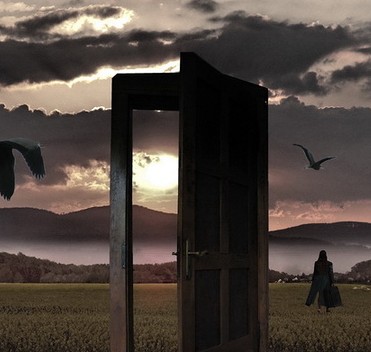
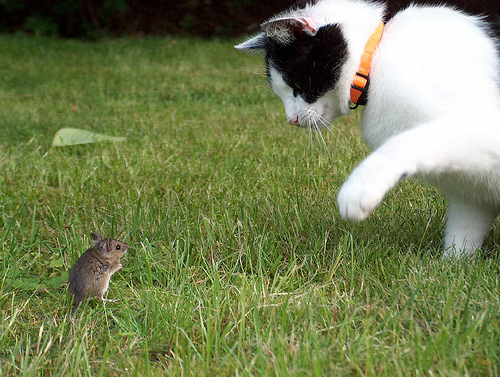




Pertinent, helpful and encouraging! Thank you!
Fabulous article! Thank you for the words of wisdom. Just about finished with my first novel, a thriller on inadvertent addiction, and have been struggling with this whole iBook thing. You really made my choice clear. Thanks again!
Great post, Susanne. My personal ebook buying habits took a big leap when Amazon released Kindle for PC. I had one of those original first generation Kindles for years without buying more than a handful of books.
As soon as they put out Kindle Apps, which I had been urging them to do since the day I bought my 1st gen kindle, I started buying more books. I’m more likely to have a laptop on my lap than a kindle in my hand, so perhaps I’m different.
For airplane reading, I prefer the iPad. When my husband drives long distance at night, it’s iPad again. Kindle e-ink is used only when I go somewhere sunny, and now for borrowing (as these are limited to Kindle hardware).
Interesting stats!
Sigh. It’s getting harder and harder for me to stick to my theory that e-books are 21st century hula hoops. I still think there is a ceiling to e-book sales, but we are obviously not there yet — as marketing consultant Thad McIlroy (thefutureofpublishing.com) recently said, with 20% of Americans owning devices and the number increasing daily, the machine requires content. I do want to point out that in Canada, at least, the standard author’s share of e-book “sales” is 50%, not 70%, and without a shred of justification. This is an unfolding drama.
This is exciting news. Indie pubbing is something I’m aiming for, and it’s helpful to watch someone who has their feet in both ponds.
Indie is definitely hard work, but I also think it’ll pay off in the long run.
And I didn’t know you’d published some indie books. I’m going now to check them out.
Thanks for the information!
Thanks! I have four books out as eBooks and another is coming out with Trestle Press shortly–my crime novel A Thin Film of Lies. I hope you enjoy them! I’m starting dialogue with a designer to eventually put all these in print too. I’m curious to see 1) how many will buy the print books and 2) whether that will make the book feel more legitimate to readers.
Can’t speak to the second point about legitimacy, but thought I’d share an answer for my indie novels to the first: in the past 3 years 90.2% of my sales have been ebook (self designed paperback available all that time).
Also per the trend you point out in your excellent article, I tried iBooks and sold almost nada, so everything is completely through amazon (and I too love their interface, although geographical area for ebook download purchases would be sweet).
I’m going from romantic suspense in magazines toi ebooks. Got a contract first time out. Hoping a following there will sell my full length work that is agented.
I believe it is the way to go. I may bewrong, but I have others who feel that way too.
Indigo
Very encouraging data!
Well I guess this finally changes my mind. The last stats I read were not as optimistic. Thank you. I’ll have to look up your books too.
Thanks for this useful post. I uploaded two novels to Amazon back in January of this year. The sales are creeping up each month at a rate faster than I expected. I haven’t done a free giveaway yet, so I’m hoping, like you say, that this will boost sales further. What’s interesting is hearing that published authors are giving up on their traditional publishing houses and going indie. That just confirms I’m on the right track! Many thanks.
When the reading rates of young and old were decried a few years back as being too low, I wonder if these documented rises are still good, if authors, publishers, and advertisers aren’t getting the money they are accustomed to in the old business model as they step between the reader and the product.
Great to see that people will read more, if it costs them less to do so! Also, fabulous markting tips here, Susanne, many thnaks
I definitely view this as good news. We’re conditioned to using electronic devices for our daily business and entertainment (tablets, MP3s, laptops, etc), so I’m not surprised e-books are booming right now. As an indie author, I’ve published e-books for close to two years now, and it’s been a mostly positive response. While experimenting with the 99-cent price point, we sold 2,000 copies of my second book last Feb (I was shocked). I’m looking forward to publishing more e-books and excited to see what the future holds!
Awesome article! Thanks for sharing those numbers with us! I resisted the free giveaways on KPD for months and then did one on a whim. Was I surprised! Not only did a huge number of people download it (creating readers who will need the sequel), but my sales skyrocketed for 2-3 weeks. I’m a fan of free giveaways now!
Thanks also for the words of encouragement at the end. We long for those instant successes of 400,000 in six months. However, it’s nice to know that the constant promotion will produce results in the long run. I can be patient!
Interesting stats but I’m curious to know if there is any info on:
a). ave. ebook sales per author (quantities)
b). ave. price points for the ebooks
I keep hearing lots of anecodotal claims but very few specifics. So if you gave away 10,000 copies to get on the charts and then sold another 3,000 copies at $3.99 per copy, that would give me a better idea of the cost ratios and expectations in promoting the ebooks. At $3.99 per book at 3,000 copies per month with a 70% Amazon royalty, it would equate to $8,379 per month…but if you need to give away 10,000 to maintain levels of 3,000, it would probably not be sustainable for very long.
Right now most of the anecdotal claims sound a lot like self-promotion and salesmanship (“earn six figures working at home on your computer”).
I personally know quite a few authors who have made between 10-50k net in one month from offering their books for free. They say you need between 10-50k free downloads to get your books ranked high and to ride that high for days after. I had 10k downloads of Innocent Little Crimes in May, but only sold about 80 books the following week. of course, I’ve only just started trying this out a few months ago, but so far, it hasn’t worked for me. I don’t think having tens of thousands of people download your book for free is a bad thing; in fact, I think it’s terrific. The more people get your book, the more people (hopefully a certain percentage of those who get a free books actually read it–I know I do–I read all of them) will post reviews, tell their friends, mention the book on Facebook or post a review on Goodreads. I don’t believe you can exhaust the number of readers as there are millions of people who read books world-wide, and you aren’t going to use them all on up your free days. make sense? One author I know made $32k in the eight days following her three free days. her book was ranked #1 in many categories and somehow stayed there after it switched to paid. I don’t get how that works, but for some it does.
Thanks for responding! the info is very helpful.
Great post, excellent information. Just published my debut novel in March and at the last minute decided against the KDP with the idea more markets = more exposure. Mostly glad that I waited to accumulate a few reviews that should further help the book get noticed. I have also played around with the price point as I believe that makes a difference to, if only in terms of branding and reader expectation.
Glad to have discovered your blog.
Thanks!
Thank you for posting this. I found it very interesting and it supports further the conclusion I had come to as an author that the future is in indie publishing.
Digital is not only the future, it’s already here and your statistics listing proves it. At last, the gatekeepers of publishing in NYC have lost control of who gets published and who doesn’t. But the responsibility of indie writers and publishers is that the product they present to the public is quality. Amateurs are always in a hurry to publish work that isn’t quite ready for the reading public. It probably needs professional editing. Professional writers always give their writings the extra effort needed to get that high-quality effect. That’s why, even though I do selective editing for writers, I make sure my own books (print and e-books) get edited by my private editor who is a real nitpicker and that’s what you want in an editor. My 24 e-book titles (fiction and self-help)on the Kindle have been edited and so will any and all of my future work get the editing treatment.
This information is valuable and encouraging, coming from the angle of being an independent publisher, too. It’s amazing how the ‘offer free for a bit’ strategy seems to be antithetical to traditional ideas, yet works again and again. 🙂
Free levels the playing field and means that the authors have to compete with one another on the basis of their content – to become memorable within someone else’s eyes. A true meritocracy, for at least a few days.
Thanks for the post! I’m working on my first novel and have just recently been thinking about indie publishing. Good to know that is can yield great results! 🙂
Your post gave me an idea and I was wondering what you thought of it. I have my first novel being released in about 10 months. What if I released an ebook sequel in a few months to promote the novel coming out by traditional means? I am almost done with the second novel and haven’t signed with the publisher yet for the next book because I wanted to see how the traditional sales go.
Rebecca, it doesn’t make sense to release a sequel before a book. A sequel follows after a book, so it wouldn’t be in order and would be confusing. The best thing you as an author can do is write a number of great books, and get depth to your list. Put your books out in order, but in the meantime you can write related short stories using the characters in different situations, if the book and characters lend to that, and if you are not contracted with a publisher that holds the rights to your story and characters, which is very likely if you are with a royalty-paying publisher. There could be a conflict of interest and might not be allowed in your contract. This is something to discuss with your agent before pursuing. However, by writing more novels and stories and establishing yourself over time as a steady, consistently good writer, you will build recognition and hopefully sales over time.
Very interesting! Thanks for sharing this info. I buy and read WAY more books with my Kindle app than I ever read before.
Thanks very much for posting this article Susanne, like other respondents, I find it very encouraging news as I’m trying to decide how to go with publishing as an ebook. I’ve been looking at sites that do the whole package but I’m tempted to just go with Amazon. They make it very tempting as it looks really easy and have such a slick marketing machine.
Thanks for the stats and the explanation of how other authors best use KDP Select.
Interesting stats on the iPad ownership. Is there any more data to elaborate on the non Kindle purchases? I’m an iPad owner and since I started my first book on in about 2 years ago I’ve been reading virtually non-stop. The fact that you can get the Kindle, iBook and Nook stores on it is one of the major selling point whenever I try to get someone to buy an iPad instead of one of those silly Kindles thing. I can personally attest to the growth in reading. Used to only read a few books a years. Now I can go through 7 or 8 books on a weekend when I’m on a reading binge.
To be honest, I’m actually surprised it said only 20% are on iPad, I would have expected the percentage to be a bit higher. I’m also a little bit surprised that there’s a higher percentage of high income users of the Kindle than the iPad, that one I definitely did not expected.
With all due respect, the “Ebook sales grew 177% last year.” was talking about 2009 when it was quoted in 2010 at Maselli’s source: http://greensborolibrary.wordpress.com/2010/05/11/the-future-of-ebooks-in-libraries-the-coming-revolution-for-the-book/ I would love to know how much ebook sales grew in 2011. Thanks.
Thanks for pointing that out. I believe in last month’s post I had stats from this May–eBook Stats Update.
Wonderful blog! I found it while surfing around on Yahoo
News. Do you have any tips on how to get listed in Yahoo News?
I’ve been trying for a while but I never seem to get there! Thanks
I don’t know anything about that but maybe some other readers might.
Thanks. Keep us updated.
Does anyone know how many ebooks are on the market? And how many are paid titles?
An idealist is really a individual who assists other individuals
to get successful.
Throughout the year in the new course Shoot Your Novel, that will be the focal point. I hope you will follow the course, for I think it will be very eye-opening.
It shouldn’t come as a surprise to anyone that e-book sales are on the rise. There are so many opportunities for e-book authors to share practical information that can assist readers in so many different aspects of their lives.
Very informative information!